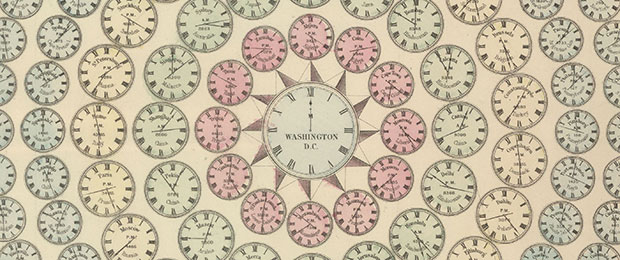Download a free copy of “The New Design Fundamentals” ebook, a curated collection of chapters from our Design library. Rochelle King is the co-author of the forthcoming book “Designing with Data,” which is included in the compilation. King also is co-chairing our newly announced Design Conference — the call for proposals is open; the deadline for submission is July 20, 2015.
The best designers possess empathy for their users — and data is key to gaining this kind of understanding. I recently sat down with Rochelle King, vice president of global design and UX at Spotify, to talk about data, design, and user experience. King stressed the importance of understanding what the numbers in the data mean — and on staying focused on the real endgame:
“I think a common misconception or misstep that happens is people just look at the numbers and they forget that they’re actually representing human behavior. That’s a dangerous cycle you can fall into — you can start to optimize the numbers for the sake of optimizing numbers rather than thinking about building an experience that helps to craft the best experiences possible. You start to focus on improving numbers rather than on making a great experience.”
The benefits of data-informed decision-making are clear, but the process is far from easy. King outlines two major obstacles:
“The first [obstacle] is cultural: you have a portion of the team that has really bought into leveraging data more, but then they need to convince other folks who maybe haven’t worked with it as much, or just feel uncomfortable about it. …
“The other obstacle is having a robust and broad system in place to actually gather the data — to gather, analyze, and interpret the data in the right way. I think that having that strong backend system in place is really important.”
King also cautions designers to take a balanced approach when making decisions, and not let data be the sole driving factor:
“[One misstep] is using data as a crutch to the point that you forget you’ve got your own brain and your own experience that you can build off of, and you just start to test everything. … It really is important to bring your own perspective and experience to the table, and make sure you’re leveraging those two things as much as you’re looking at the data itself.
“Another misstep that we have is we sometimes ask questions that are too small or too narrow — so then, of course, you’ll just get narrow data back. Whatever it is that you’re designing, that’s basically going to define the kind of data you can collect on it. In that sense, you’re limiting yourself based on the designs you make. I think you want to make sure you’re asking the bigger questions, the broader questions, and looking to data to help inform those decisions.”
You can listen to the entire interview in the player above, or through our O’Reilly Media SoundCloud stream.
This interview is part of our ongoing exploration into experience design in the business world.
Public domain image on article and category pages via Paul K on Flickr.

